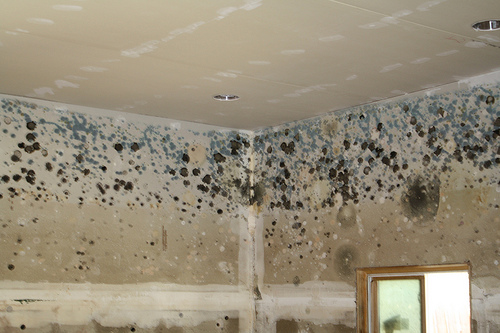Mold in rental houses can and should be a cause of concern for the tenant. There are various types of mold and some are more harmful than others. However, the renter may want to think twice before pointing the finger at the property owner. This can be a very complex issue and they may not be to blame. With this being said, there are a few things worth considering when it comes to establishing responsibility.
Harmful Effects
These spores are not completely harmless. As a matter of fact, they can lead to allergic reactions, asthma and other respiratory problems. In addition to this, it can also destroy structures within the home and personal belongings. Without adequate treatment and prevention, it will continue to grow.
Causes of Mold
The leading cause of mold is excess moisture, which can come from a various sources. This can include leaks, flooding or other types of disasters or even failure to properly dry the bathroom after the bathtub overflows.
When is Owner at Fault?
The owner may have to assume responsibility for the mold problem under certain circumstances. Faulty repairs that they had overseen, water damage as a result of poor plumbing, neglecting a pre-existing problem that can lead to water leakage.
When is The Tenant Responsible?
In some cases, tenants may be held responsible for the removal and cleanup of mold. This may be especially true if they have done anything that contributed to the excess moisture. Another common reason is failure to notify the landlord of the underlying problems or attempting to repair the damage on their own. Under most provisions, a tenant cannot simply complete repairs or hire someone else to do so without obtaining the proper consent first.
Notifying the Owner
One of the most important things a tenant should do is notify the owner or manager of the property. If the renter fails to do so, the owner may not be held responsible, even if they are at fault. Under most rental agreements, the tenant is required to report any problems and give the owner an opportunity to correct it. This can vary by location and the type of agreement.
If either party is found to be accountable for these types of damages, there are more than a few things that they may be held responsible for. This can include the cleanup, destruction of property and even medical bills if illness occurred as a result. This can differ significantly on a case-by-case basis. In some instances, an insurance policy may cover some of the damages and the associated costs of mold removal services.
Bottom Line
Mold in rental house properties can be the responsibility of either the tenant, the owner or both. Avoiding these problems can be as simple as alerting the property owner of mold growth or damages as soon as possible, while taking steps to prevent further damage. Indoor air quality should be the number one concern, regardless of who is to blame.













